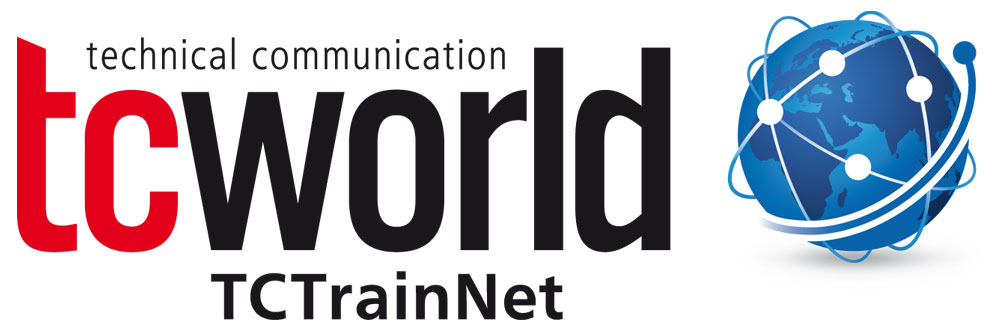This way, your charging cable, for example, should fit in the socket at home, or the flat steel ordered in India should demonstrate a defined hardness and purity. To guarantee this, detailed specifications in the form of standards are required. An institution in worldwide commerce is the WTO, whose task, among others, is to make agreements on technical rules possible between member states. Another still widely known entity is TTIP, which, among other things, had the goal of harmonizing technical rules.
From a historical perspective, standards first became necessary with the advent of the Industrial Revolution. Even then, there was the necessity of buying faulty machine parts on a supplier market. The effort then, just as today, was to find a description of the current state of technology specified in a standard. According to this, standards should help to protect consumers and the environment, to streamline, and to create application safety.
Even today, manufacturers and private institutions worldwide concern themselves with the development of standards. For this reason, standards have no legally binding status, and their application is voluntary. In some regions, their application is, however, binding through legal requirements, and thus have an effect on technical documentation work.



